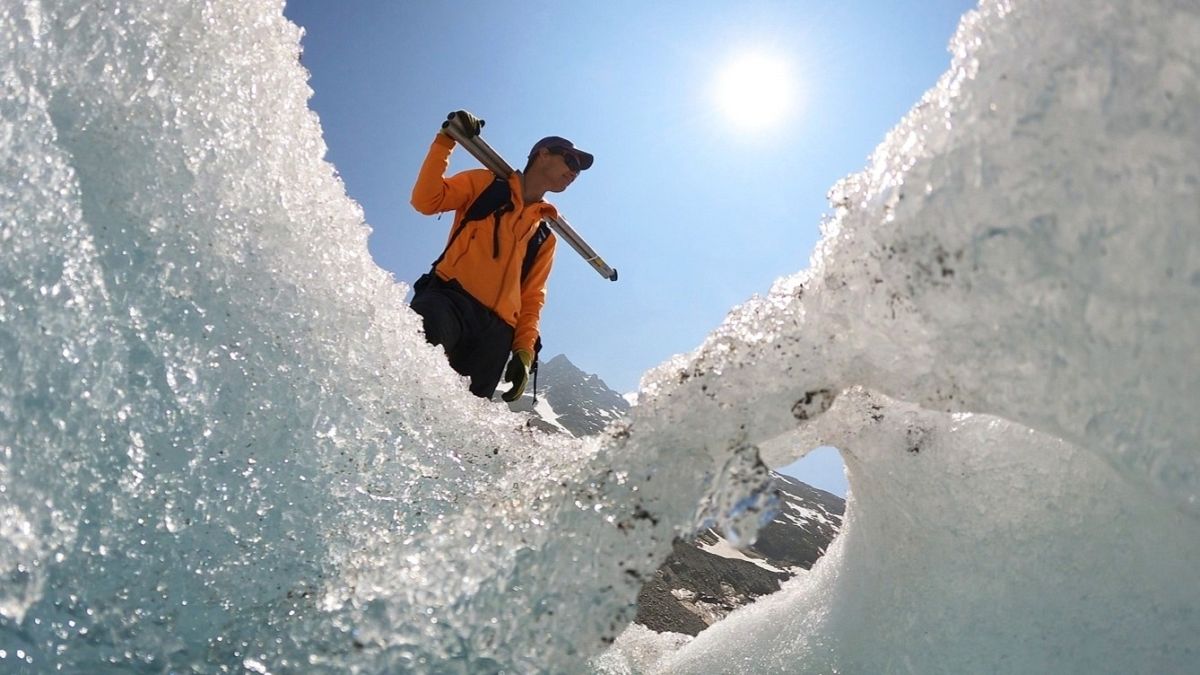

In an era marked by rapid environmental changes, understanding the intricate balance between nature and human endeavors is more crucial than ever. This article delves into various current environmental issues and initiatives, underscoring the interconnectedness of ecosystems and the actions humans can take to address these challenges.
The majestic Alpine glaciers, known for their breathtaking beauty, are experiencing unprecedented shrinkage, transforming landscapes into what some refer to as “Swiss cheese.” This metaphor captures the concerning formation of voids within the once-solid ice bodies. The repercussions of this phenomenon extend beyond their diminishing spectacle. The retreating glaciers significantly affect agriculture, fisheries, and drinking water supplies, raising concerns about future access to these critical resources. The shared rivers that flow across borders may further strain international relations, spotlighting the need for cooperative water management and conservation strategies.
In Qatar, a desert nation, innovative climate-resistant initiatives offer a beacon of hope. Two eco-friendly technology companies have pioneered solutions to harvest moisture from the atmosphere, providing much-needed water for human consumption and agricultural use. By tapping into the humidity of the skies, these ventures demonstrate how science and technology can work harmoniously with the environment, effectively addressing water scarcity in arid regions and setting benchmarks for sustainable practices globally.
Meanwhile, in Europe, a hopeful resurgence of vulture populations marks a heartening chapter in wildlife conservation. Thanks to concerted reintroduction efforts, these critical scavengers are reclaiming their place in the ecosystem, reversing years of decline due to human activities. However, the fragility of this recovery highlights the delicate balance that must be maintained. Ensuring the well-being of these birds calls for continuous commitment to preserving natural habitats and mitigating harmful human influences.
Another poignant reminder of our responsibility to marine ecosystems emerges from a recent Greenpeace survey, which uncovered beautiful but vulnerable whale species in regions earmarked for deep-sea mining. This discovery underscores the importance of carefully considering industrial activities’ impacts on marine biodiversity. As the demand for resources grows, safeguarding the health of marine life becomes an ever more pressing global priority.
The European Union’s environmental policy trajectory is currently undergoing significant transitions. The pace of deregulation has startled observers, as efforts to streamline processes challenge the robustness of the European Green Deal. With a notable shift in political priorities, this rollback signals a pivotal moment for environmental advocacy groups striving to maintain strong ecological protections. It serves as a reminder of the ongoing dialogue between economic and environmental imperatives in policymaking.
In Greece, a stark example of human fallibility intersecting with natural forces comes in the form of wildfires on the island of Chios. Accused of accidental arson, a woman’s actions illuminate the broader context of wildfire risk in prone regions. These fires have ravaged significant hectares of land, underscoring the critical need for stringent preventive measures and heightened awareness about fire safety to minimize accidental ignitions that endanger lives and ecosystems.
These diverse stories converge to paint a picture of a world in transition. From innovative solutions in Qatar to preserve water in deserts, efforts to safeguard wildlife in Europe, and the reassessment of environmental policies, each narrative reminds us of the fragile yet powerful bond between humanity and the natural world. By embracing mindful stewardship and technological innovation, there is hope for a more sustainable future, where balance is achieved through informed, compassionate, and collective action.
Source: {link}
